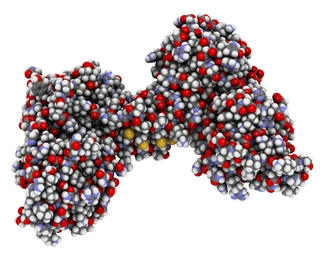22 November 2016
 One of Australia’s most successful genetics research groups based at the University of South Australia will set its sights on unlocking more knowledge about muscular dystrophy in a bid to open up better treatments for the incurable and multifaceted disease.
One of Australia’s most successful genetics research groups based at the University of South Australia will set its sights on unlocking more knowledge about muscular dystrophy in a bid to open up better treatments for the incurable and multifaceted disease.
Muscular Dystrophy South Australia is contributing $75,000 to support the work to track down more knowledge about the genetic causes and new treatments for MD.
The research will be led by Associate Professor Leanne Dibbens, a National Health and Medical Research Council (NHMRC) Senior Research Fellow, who heads up the University’s highly successful Epilepsy Genetics Research Group that has been responsible for some of the most significant new research into the genetic causes of epilepsy and related neurological disorders.
Prof Dibbens says she is excited to take on the new project and help to discover more about MD, a group of diseases that are genetic in origin but quite varied in their presentation.
“The great benefit of genetic research is that increasingly we can identify just where the ‘fault lines’ are in the genes and we are finding that while there may be one common set of symptoms, the genetic causes of those symptoms may be quite varied,” Prof Dibbens says.
“In our research into epilepsy we have discovered more than 35 different genes associated with the condition.
“Next Generation Sequencing allows us to make genetic discoveries on a whole new scale and find the causes of disease in patients that we were previously unable to solve.
“We are learning all the time that congenital and inherited disorders are more individual than we ever suspected - that makes the hunt for the problem more complex, but also raises hope for more personalised treatments and interventions.”
CEO of Muscular Dystrophy SA, Phil Martin says he looks forward to some important outcomes from the research.
“We have been actively looking to invest in a research project that will explore and hopefully uncover new ways to prevent, treat and possibly one day, cure neuromuscular disorders,” Martin says.
“We are delighted to support the UniSA research team and look forward to working with them in the global race to find a cure by 2050.”
UniSA Vice Chancellor Professor David Lloyd says he welcomes the new partnership with Muscular Dystrophy South Australia.
“We pride ourselves on being the kind of university that is approachable and easy to work with and that is reflected in the more than 2,500 partnerships we have with industry, NGOs and businesses,” Prof Lloyd says.
“It is especially gratifying to have the kind of researchers here at UniSA who are among the best in the world and are dedicated to unravelling some of the most difficult problems in genetic science, where discoveries can have a very direct link to new treatments, new cures and improved health outcomes.”
Muscular dystrophy (MD) is a group of muscle diseases that results in increasing weakening and breakdown of skeletal muscles over time.
The disorders differ in which muscles are primarily affected, the degree of weakness, how fast they worsen, and when symptoms begin.
Nine main categories of muscular dystrophy contain more than thirty specific types.
The contribution from MDSA will be presented to the University at an event tomorrow, November 23 at 1pm at UniSA’s City West campus, Hawke Building level 5, Bradley Forum.
Media contact: Michèle Nardelli office: 8302 0966 mobile: 0418823673



